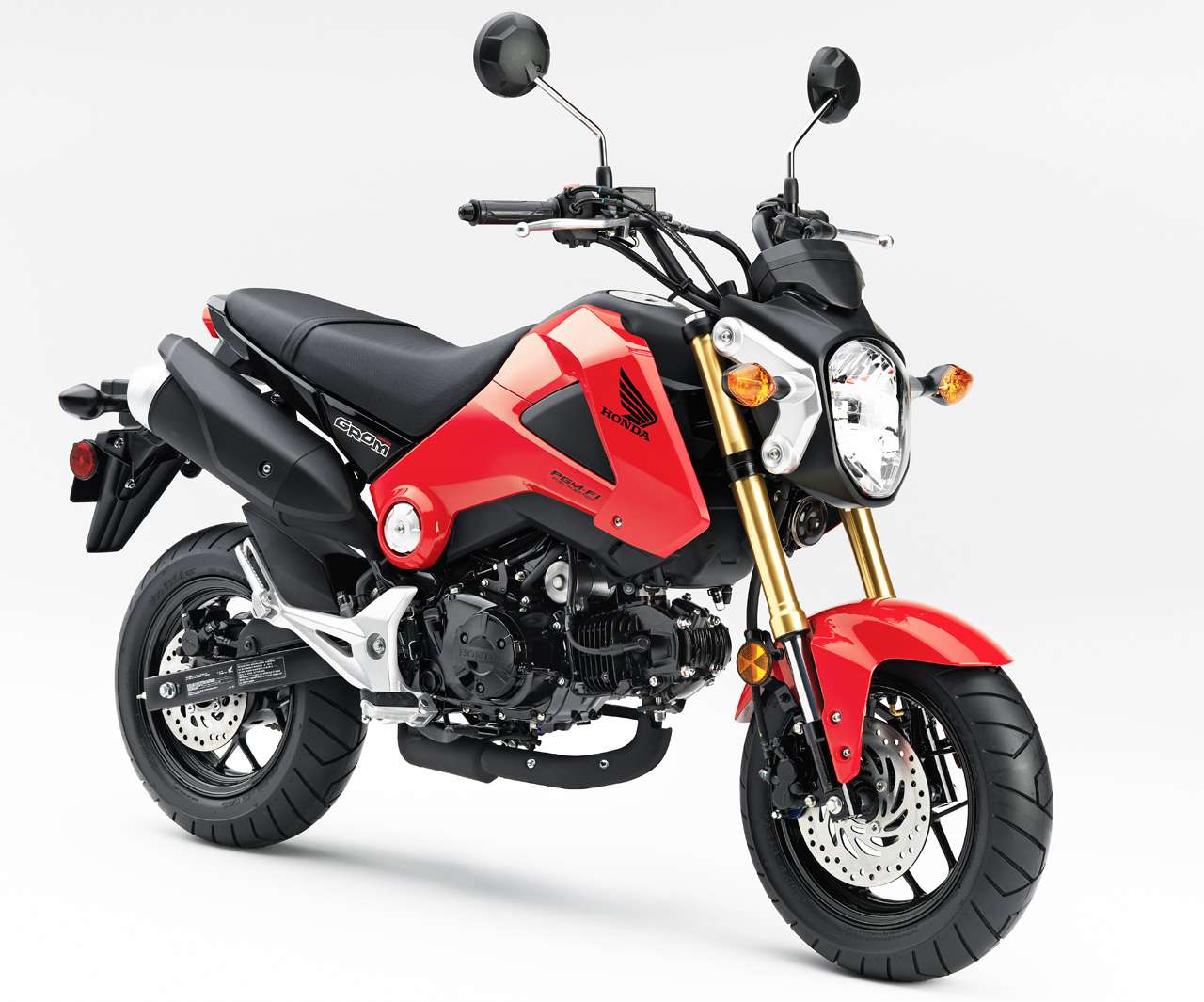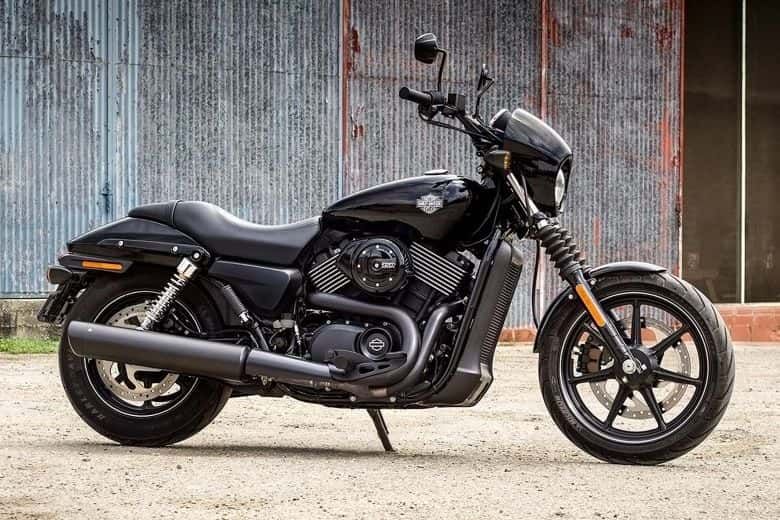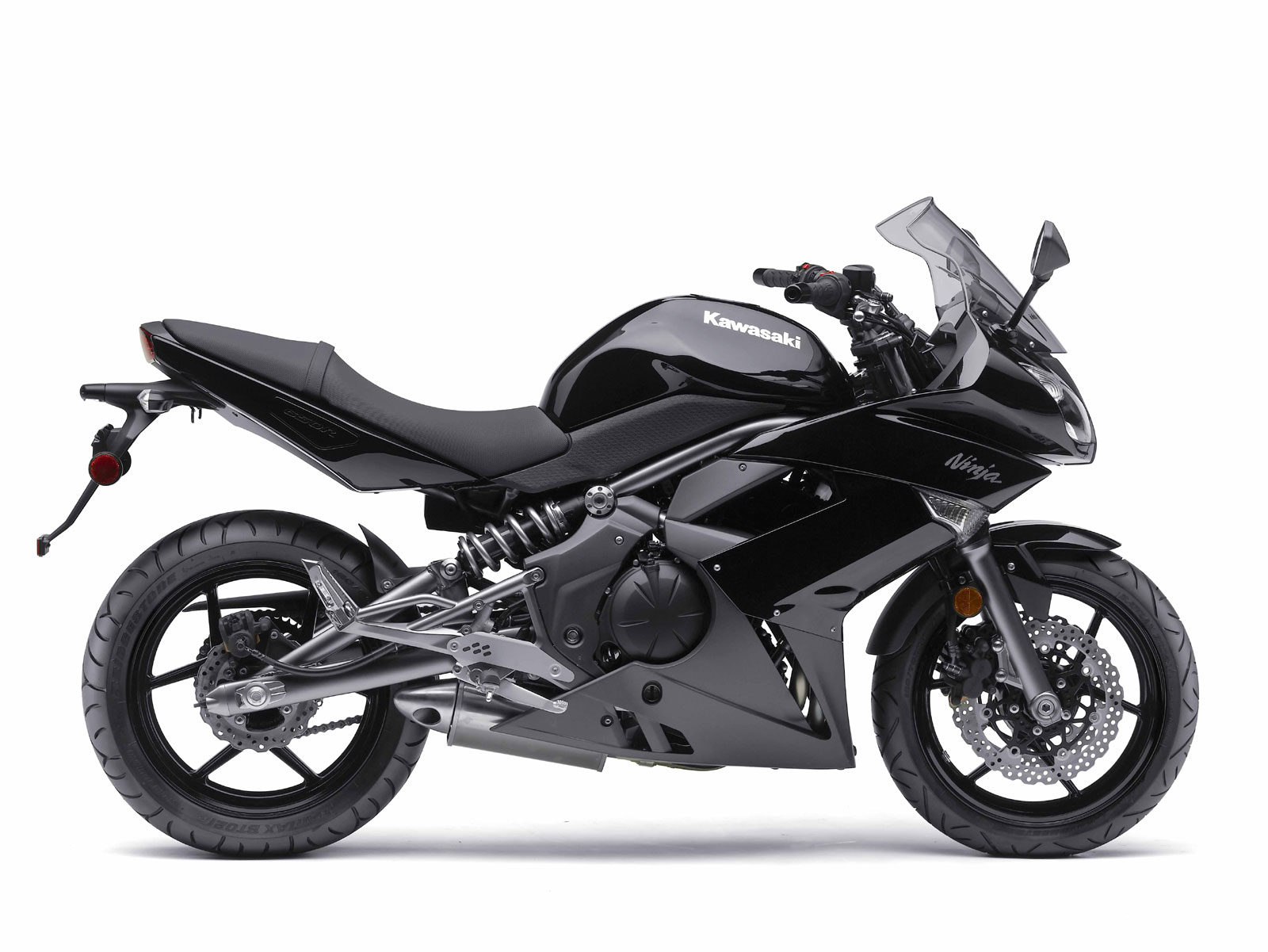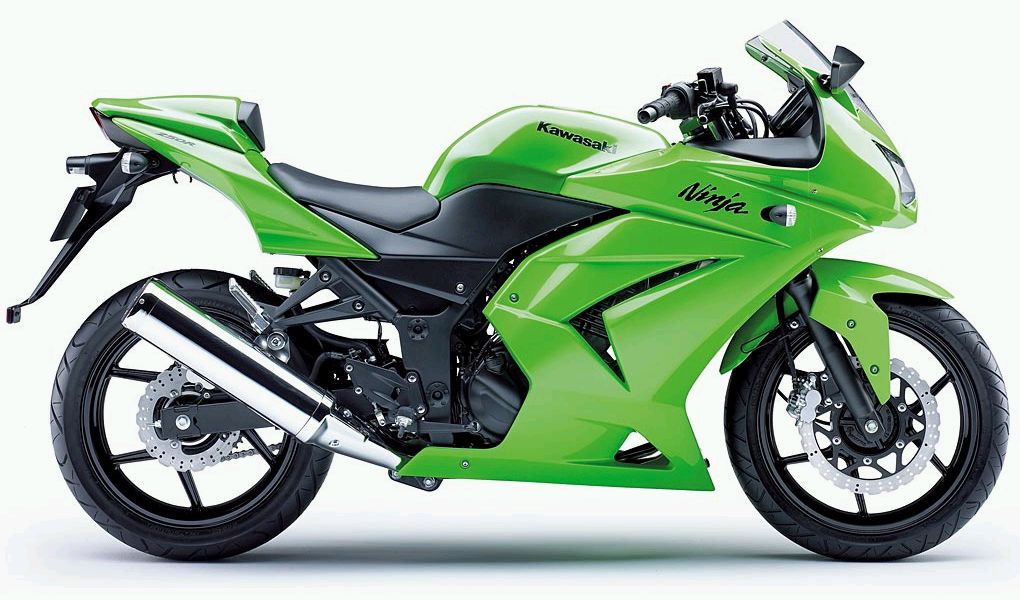Introduction:
Understanding the importance of motorcycle licensing
Before embarking on the exhilarating journey of riding a motorcycle, it is crucial to understand the legal requirements and licensing procedures. Operating a motorcycle without the appropriate license not only puts you at risk but also violates traffic laws. In this comprehensive guide, we will explore the need for a license to drive a motorcycle. From obtaining learner’s permits to fulfilling training requirements, these step-by-step instructions will help you navigate the licensing process and ensure your road legality.

-
The Importance of a Motorcycle License
a. Legal compliance: Driving a motorcycle without a license is illegal in most jurisdictions. Appropriate licensing ensures that you meet the necessary criteria and possess the skills and knowledge required to safely operate a motorcycle.
b. Safety and skills development: Obtaining a motorcycle license typically involves training and testing, which helps develop essential riding skills and promotes safe riding habits. Licensing requirements are designed to ensure riders are equipped to handle the challenges of the road.
c. Insurance and liability: Many insurance companies require a valid motorcycle license to provide coverage. Riding without a license can leave you financially vulnerable and may lead to legal repercussions in the event of an accident.

-
Learner’s Permit and Temporary Licenses
a. Learner’s permit: In many jurisdictions, individuals interested in learning to ride a motorcycle must first obtain a learner’s permit. This permit allows you to practice riding under specific conditions, such as specific times of the day or with a licensed rider accompanying you.
b. Permit requirements: Learner’s permit requirements vary by jurisdiction but often include a written knowledge test covering motorcycle laws, rules of the road, and essential safety concepts. Some jurisdictions may also require a vision test or a minimum age requirement.
c. Permit restrictions: Learner’s permits typically come with certain restrictions, such as limitations on the type of roads you can ride on, engine displacement restrictions, or a prohibition on carrying passengers. Ensure you understand and adhere to these restrictions to avoid violating the conditions of your permit.
-
Motorcycle Training Courses
a. Mandatory training courses: Some jurisdictions require individuals to complete a motorcycle training course before obtaining a motorcycle license. These courses provide comprehensive instruction on riding techniques, road safety, and motorcycle handling skills. They often include classroom sessions, practical riding exercises, and sometimes a written or practical examination.
b. Voluntary training courses: Even in jurisdictions where training courses are not mandatory, it is highly recommended to enroll in a motorcycle training program. These courses provide valuable education, hands-on practice, and insights from experienced instructors that can significantly enhance your riding skills and safety awareness.
c. Certification and document submission: After completing a motorcycle training course, you may receive a certificate of completion. This certificate serves as proof of your training and may be required when applying for a motorcycle license.

-
Licensing Processes and Requirements
a. Written knowledge test: To obtain a motorcycle license, jurisdictions typically require passing a written knowledge test that covers motorcycle-specific rules, regulations, and safety concepts. The test may involve multiple-choice questions, true/false statements, or a combination of question formats.
b. Road skills test: Alongside the written knowledge test, many jurisdictions also require a road skills test to assess your ability to operate a motorcycle safely and proficiently. This test usually involves riding maneuvers, such as turning, braking, and changing lanes, under the observation of a licensed examiner.
c. Additional requirements: Depending on your jurisdiction, additional requirements may apply to obtain a motorcycle license. These requirements might include a minimum age, completion of a specific number of supervised riding hours, submission of medical records, or proof of insurance.
-
Graduated Licensing Systems
a. Graduated licensing programs: Some jurisdictions employ a graduated licensing system for motorcycle riders. This system consists of multiple licensing stages, starting with a learner’s permit and progressing to higher-level licenses as you gain experience and demonstrate proficiency.
b. Restrictions and requirements: Graduated licensing systems often impose restrictions on novice riders, such as curfews, passenger limitations, or engine displacement restrictions for a certain period. Gradually, these restrictions are lifted as you advance through the licensing levels.
c. Timeframe for advancement: Each jurisdiction sets its own timeframe for progression through the licensing stages. Understand and comply with the specific requirements of your jurisdiction to ensure a smooth transition to higher-level licenses.

-
License Renewal and Endorsements
a. License renewal: Motorcycle licenses typically have an expiration date, after which they need to be renewed. Stay informed about the renewal process and adhere to any requirements, such as vision or knowledge tests, to ensure uninterrupted legal riding.
b. Endorsements and additional training: Motorcycle licenses may require specific endorsements for certain types of motorcycles, such as three-wheelers or motorcycles with sidecars. To add endorsements to your license, additional training or testing may be necessary.
c. Continuing education and skill development: Even after obtaining a motorcycle license, consider participating in advanced riding courses or workshops to enhance your skills, safety awareness, and enjoyment of riding. These programs provide ongoing learning opportunities and help you stay up-to-date with the latest techniques and safety practices.
-
International Licensing and Reciprocity
a. Riding abroad: If you plan to ride a motorcycle in a foreign country, it’s important to research and understand the specific licensing requirements for that particular jurisdiction. In some cases, your current motorcycle license may be recognized and accepted, while in other situations, you may need to obtain an international driving permit (IDP) or apply for a local motorcycle license.
b. International driving permit (IDP): An IDP is a document that translates your current motorcycle license into multiple languages, making it easier for foreign authorities to understand your driving privileges. It serves as a supplement to your original license and should be obtained in your home country before traveling abroad.
c. Country-specific licensing requirements: Different countries have their own regulations regarding motorcycle licensing. Some jurisdictions may require you to take additional tests or complete specific training courses before granting you permission to ride. Research and comply with the requirements of the country you plan to visit to ensure legal compliance.
-
Insurance Considerations
a. Motorcycle insurance: It is essential to have proper insurance coverage for your motorcycle. Most jurisdictions require at least liability insurance to protect against potential accidents or damages caused by your motorcycle. Check the insurance requirements in your region and make sure your coverage is up to date.
b. Proof of insurance: When applying for or renewing your motorcycle license, be prepared to provide proof of insurance coverage. This can typically be obtained from your insurance provider in the form of an insurance card or policy document.
c. Shop around for insurance: Explore different insurance providers to find the best coverage options and rates for your motorcycle. Consider factors such as your riding experience, location, type of motorcycle, and any additional safety features when selecting an insurance plan.

Conclusion: Safety, Compliance, and Enjoyment
Obtaining a motorcycle license is a crucial step in ensuring your road legality, personal safety, and the well-being of others on the road. Adhering to licensing requirements demonstrates your commitment to responsible riding and allows you to fully enjoy the freedom and excitement that motorcycles offer.
